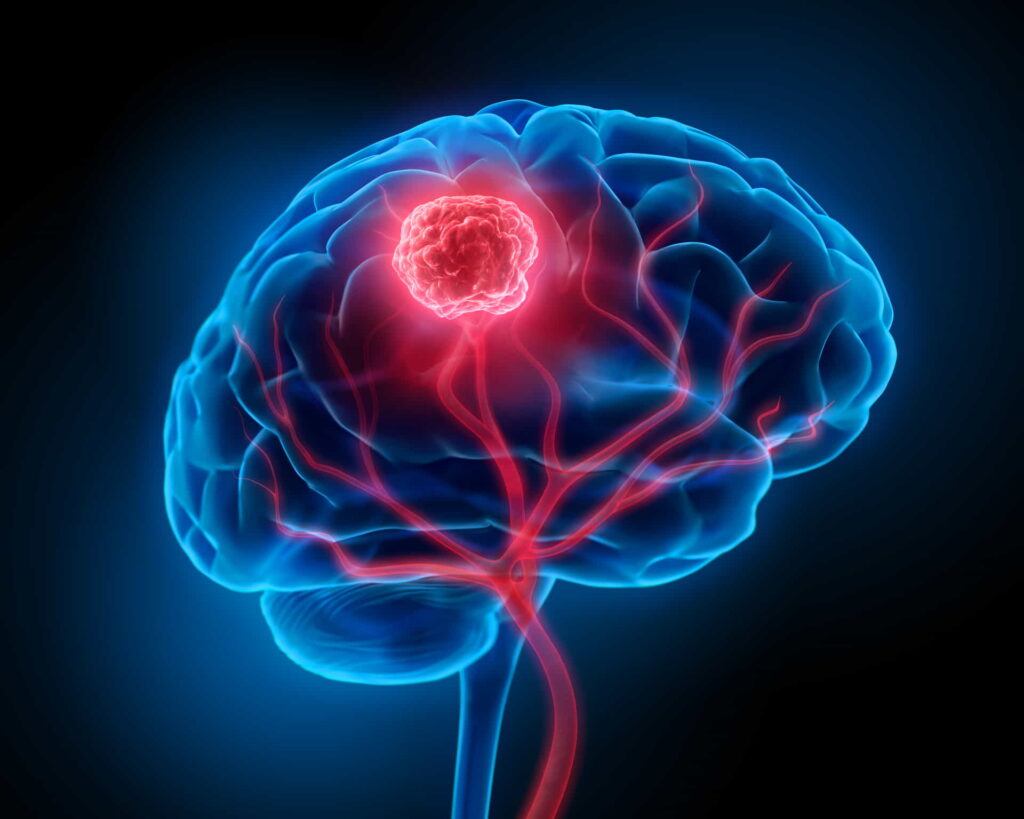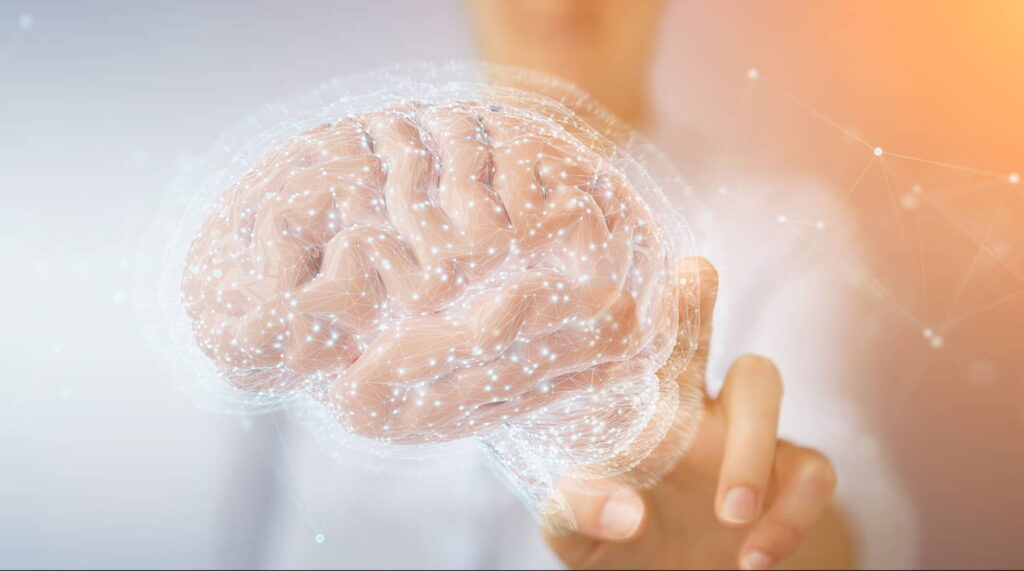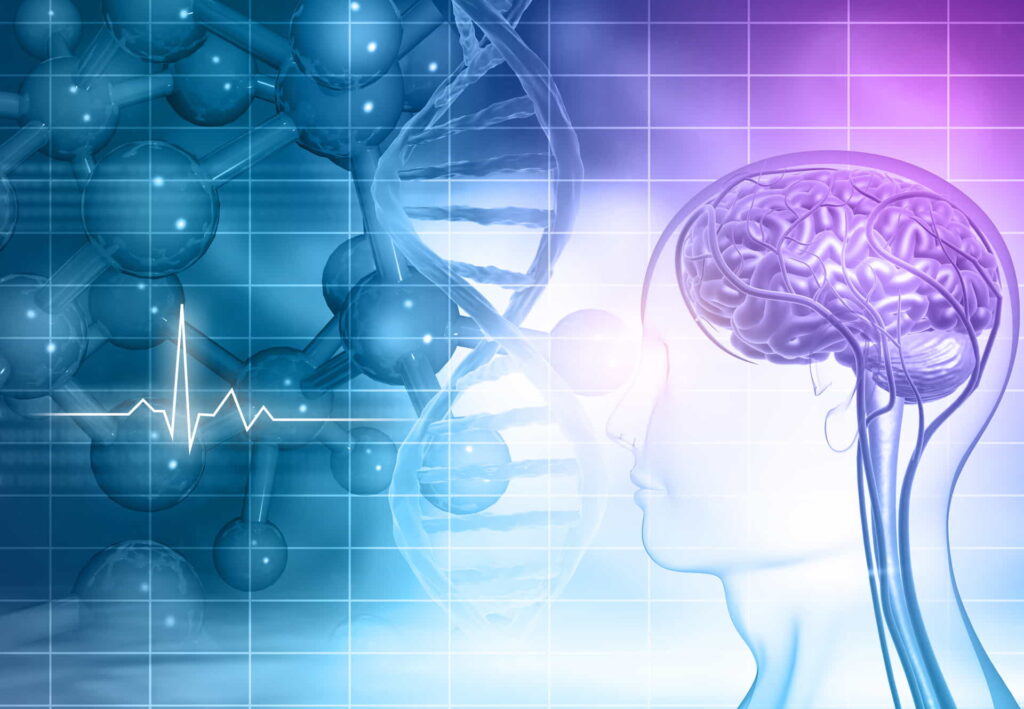
Brain Cancer
Understanding the causes and symptoms of brain cancer for effective prevention and treatment to improve the survival rate
Brain cancer is uncommon in Hong Kong. It is caused by a malignant tumor in the brain, and is associated with age, gender, hereditary factor or long-term exposure to chemical substances. The symptoms of brain cancer are difficult to detect, but the brain function will be affected once the tumor grows to a certain size. Brain tumors are also more difficult to treat than other cancers. Early detection and treatment are important for a patient’s survival rate. Brain tumors are extremely aggressive in metastasis. Although most tumors can be treated surgically, the brain's unique "blood-brain barrier" will block the therapeutic effects of post-operative chemotherapy, resulting in the recurrence of brain cancer and thus affecting survival rates.

According to the latest data released by the Hong Kong Cancer Registry (HKCaR), about 23.6% of the 1,122 new brain tumor cases were malignant (i.e., about 265 cases are brain cancer). In terms of the cancer grading, the survival rate after two years is 90% for grade 1, 60% for grade 2, 50% for grade 3, and a very little chance of cure for grade 4. Most of them will recur even after all kinds of treatment. Their two-year survival rate is less than 30%, and their five-year survival rate is even worse, at only about 50%.
Symptoms of Brain Cancer
The brain controls different parts of the body, so the symptoms are closely related to the location of the tumor. Some patients may have no symptoms at all and unexpectedly discover the tumor in their regular physical examination, while others may have more than one of the following four major brain cancer symptoms at the same time.
- Increased intracranial pressure: Patients with this symptom may suffer from headaches, vomiting, visual disturbances and impaired consciousness.
- Frequent headaches: the sensation of dull pain, which is aggravated by coughing, sneezing and going to the toilet. In the early stage, the headache usually occurs only when patients wake up in the morning; in the advanced stage, the headache becomes more persistent and severe.
- Projectile vomiting: Brain cancer can cause sudden and severe vomiting, which is not always preceded by headache and nausea.
- Visual disturbances: Patients may experience blurred vision, double vision, or even vision loss.
- Impaired consciousness: Reduced cerebral blood flow and damaged brainstem function can lead to impaired consciousness. If the tumour is growing rapidly, it can cause cerebral oedema and make the patient fall into a coma in a short period of time.
- Epilepsy: Symptoms of almost any type of epilepsy can be seen in patients with brain tumours, including localised or generalised seizures.
- Endocrine disorders: Endocrine disorders cause abnormalities in growth, body shape and sexual function. For example, the tumour may compress parts of the brain and reduce hormone production.
- Focal neurological deficits: such as weakness or inflexibility of one limb, abnormal sensation in one side of the body, loss of balance, speech difficulty, changes in temperament, and visual field deficits.
Causes of Brain Cancer
The medical field is still uncertain about the cause of brain cancer, but may associate it with the following factors
- Age: People of all ages are at risk of developing brain cancer, while people above 40 years old have a higher risk.
- Gender: Men are more likely to develop the cancer
- Hereditary factor: A family medical history of glioma
- Long-term exposure to chemical substances: People who are persistently exposed to radioactive substances and those who work with chemicals have a higher risk of developing the cancer.
Survival Rate for Brain Cancer

Screening of Brain Cancer
If the doctor suspects the occurrence of brain cancer, a series of examinations will be conducted to diagnose whether the patient has brain cancer. These tests include clinical examination and tumor diagnosis, computed tomography scan (CT scan), magnetic resonance imaging (MRI), positron emission tomography (PET), angiography, photoacoustic imaging, brain biopsy, etc.
- Clinical examination: The doctor needs to obtain a detailed medical history to understand the patient's symptoms and the impacts on their daily life. The nervous system of the patient will be examined particularly to track the development of the disease.
- The knee-jerk and other reflexes
- Muscle strength and tone of the hands and feet, and their response to needle pinching
- Brain tests by answering simple maths questions
- Vision examination by observing the optic nerve endings with a device to determine if the intracranial pressure is high
- Examine the eyes with an eye examiner for any swelling of the optic disc at the back of the eye, and carry out a comprehensive vision test.
- Hearing test
- Facial muscle test, including smiling
- Test the tongue movement and response by using a mouth gag to press down the tongue
Diagnosis of Brain Cancer
After the initial examination, the doctor will use imaging tests and pathological analysis to diagnose whether the patient has brain cancer and identify the stage of cancer, if any:
Imaging tests:
- Computed tomography scan (CT scan)
CT Scan is a radiological imaging modality that involves the intravenous injection of an iodinated contrast agent to show the approximate location of the tumor and its effects.
- Magnetic resonance imaging (MRI)
MRI does not contain radioactive material and can clearly show the detailed condition of the tumor with 90% accuracy. It also helps to locate the tumor for future surgery and guide radiotherapy. MRI is particularly useful in the diagnosis of astrocytoma and is more accurate in identifying posterior fossa tumors, especially brain stem tumors.
- Positron emission tomography (PET)
It can show the metabolic activity of the cells and help to assess the type, grade, and degree of metastasis of the tumor. It is generally recommended for patients with metastatic tumors to track the location of the primary tumor.
Pathological Analysis:
Pathological analysis is the most accurate and reliable method for cancer diagnosis. It involves tumor biopsy which is the process of extracting tumor tissue during surgery for a pathology test to determine the type and grade of the tumor. In cases of a deep tumor or extremely high risk of surgery, a stereotactic biopsy will be used to obtain tissue samples for the pathological analysis. This is safer for the patient, but the sample size is relatively small.

Treatments of Brain Cancer
Brain cancer is primarily treated with a combination of brain surgery, post-operative radiotherapy and chemotherapy to reduce the risk of recurrence. Sometimes, targeted therapy and the innovative tumor-treating fields will be considered. The doctor will decide on the treatment modality based on the patient’s condition.
- Surgery
Surgery is the main treatment for brain cancer with the optimal effect of removing the entire tumor and the surrounding cancer cells. However, it is very difficult to remove the tumor completely. In many cases, only a part of the tumor can be safely removed without affecting the brain function and causing serious complications to reduce intracranial pressure and alleviate the patient's pain. Sometimes, after the evaluation of the patient's condition, only a large portion of the tumor can be surgically removed, and the remainder needs to be removed by further treatment of radiotherapy and chemotherapy.
- Radiotherapy
Radiotherapy uses advanced radiation technology to concentrate high-energy radiation to destroy cancer cells and prevent their growth and metastasis. The latest radiotherapy techniques such as intensity-modulated radiation therapy (IMRT) and image-guided radiation therapy (IGRT) can increase the radiation dose to effectively kill the tumors while reducing the damage to the surrounding normal tissues.
- Chemotherapy
Cancer medications are prescribed to destroy cancer cells. A commonly used oral chemotherapy drug is temozolomide (TMZ), which penetrates the blood-brain barrier to attack cancer cells. Studies have shown that having post-operative radiotherapy combined with TMZ is effective in improving the survival rate of patients.
- Tumour-treating fields (TTF)
TTF is an innovative brain cancer treatment. For at least 18 hours per day, patients are required to attach four adhesive electrode patches to their scalp which create electric fields that disrupt the cancer cell division process and stop their growth. TTF can be used simultaneously with chemotherapy drugs.
- Targeted Therapy
A commonly used target therapy drug for brain cancer is bevacizumab. It is a monoclonal antibody against vascular endothelial growth factor (VEGF), which inhibits the angiogenesis of tumors to cut off the nutrient supply, and blocks tumor growth as a result.
Recovery and Rehabilitation of Brain cancer
- Rehabilitation
Depending on the location of the brain tumor, some brain functions such as speech, personality, mobility, equilibrium or memory may be affected. If these functions are affected, patients may need to receive physical therapy and speech therapy. A series of rehabilitative training and regular exercise can facilitate recovery progress.
- Maintain a balanced diet, eat less irritating food, and quit smoking and drinking.
- Maintain a cheerful state of mind and relieve stress
Patients can learn to relax and relieve stress such as by listening to their favorite music. Patients should also be more familiar with their condition and treatment modalities to reduce unnecessary panic and increase their faith in treatments.
- Regular follow-up consultation
Receive regular follow-up consultations according to the doctor’s instructions to facilitate the early treatment of complications. This can also help to detect and treat any recurrence of cancer as soon as possible.
Prevention of Brain Cancer
The major prevention of brain cancer is to avoid high-risk environmental factors. The followings are some recommendations:
- Self-protection for high-risk employees
People who are constantly exposed to pathogenic factors in environments such as chemical or nuclear industries should take self-protection measures such as wearing gloves, masks, and radiation protective equipment.
- Avoid excessive use of mobile devices
Although no conclusive evidence can prove that the heavy use of mobile devices is the culprit of brain cancer, excessive use should be avoided since electromagnetic waves may damage the human body
Brain Cancer FAQ
Q. What is the survival rate for brain cancer?
In the United States, the 5-year survival rate for patients with brain cancer or central nervous system tumor (CNS tumor) is about 36%, and the 10-year survival rate is about 31%. Age is one of the factors that affect the general survival rate after the diagnosis of brain cancer or CNS tumor. The 5-year survival rate for people under 15 years old is about 75%.
Q. Can brain cancer be cured?
It depends on the location, size and grade of the malignant brain tumor. It is possible to cure if the tumor is detected early. However, brain tumor often recurs and sometimes cannot be removed.
Q. What will happen when you suffer from brain cancer?
The brain is responsible for every body function including vision, hearing, speech and movement. As the tumor develops, it may compress and destroy the tissues that control these body functions. This can lead to complications such as headaches, seizures, vision and hearing loss, and equilibrium problems.



